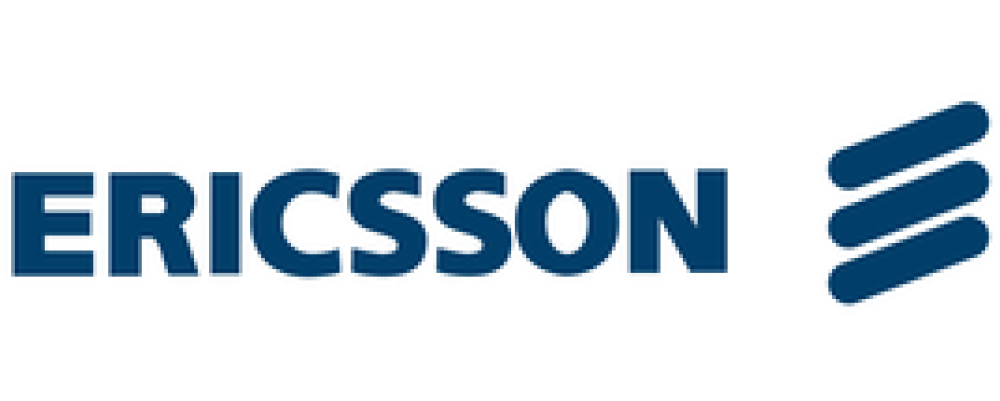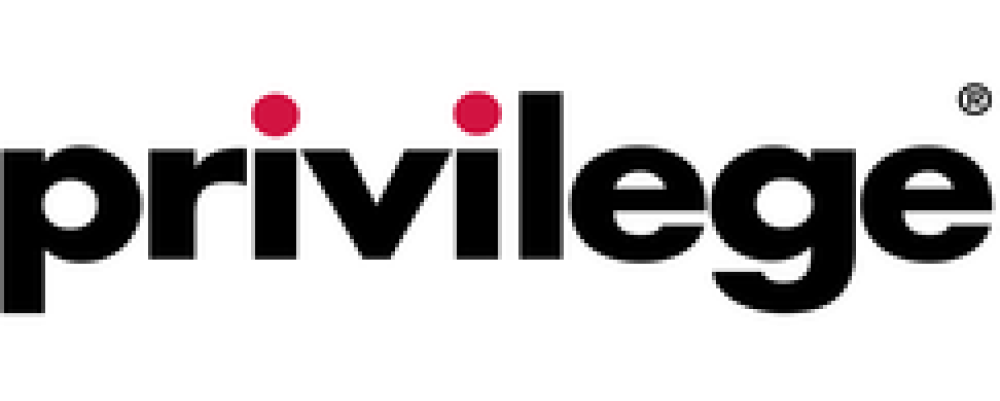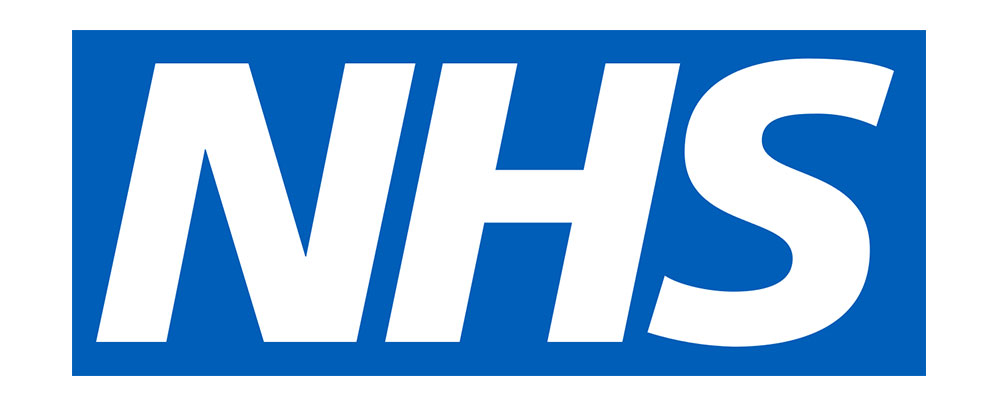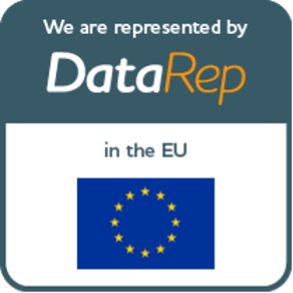Market research is constantly evolving, with new tools and technology to help brand owners identify trends and gain a deeper understanding of the consumer experience.
But what about trends in the market research industry itself?
From agile research to artificial intelligence and more, we’ve highlighted some of the biggest market research trends set to define the industry in 2022 and beyond.
Read on to find out how you can use these new technologies and approaches to hone your brand’s market research strategy and get access to the insights you need.
1. Agile Research
In an ever-changing economic landscape that has been rocked by events such as the Covid-19 pandemic and Brexit, it’s critical for market research providers to be able to identify up-to-the minute changes in consumer attitudes and behaviours.
Brand owners are beginning to look for instant, real-time responses and a speed of insight that allows them to react almost instantaneously to consumer sentiment.
To achieve this, agile research is key. This means conducting shorter, more frequent studies in less time to give an accurate indication of current attitudes.
Technology is central to agile research and enables market research companies to reach consumers remotely via mobile devices – an advantage that showed its value during the ongoing lockdowns of the previous two years.
Research suggests that up to 65% of surveys were completed on mobile devices in 2021, with benefits for both brand owners and participants.
Brand owners are able to gain quick responses that enable them to make incremental decisions and tweak their messaging, while participants benefit from convenient, accessible market research surveys that are quick and easy to complete.
2. The Rise of AI

Today brand owners and market research agencies have access to more data than ever before. As artificial intelligence becomes more sophisticated, it is set to prove itself as a valuable tool for analysing huge quantities of both qualitative and quantitative data.
Artificial intelligence is defined as the simulation of human intelligence processes by machines, in which they mimic the problem-solving and decision-making capabilities of humans.
In market research, one of its most exciting applications could be its ability to analyse huge volumes of qualitative written data in order to gain quantitative results.
For example, Google’s Natural Language API is able to quickly identify the structure and meaning of a text by identifying keywords, their frequency and how they are used. It can also provide a numerical sentiment score that indicates how positive or negative the text’s emotional sentiment is.
This type of analysis could help market research agencies to gain valuable quantitative results from qualitative surveys, without the need for human intervention.
Other possibilities for AI in market research include the use of virtual respondents that would be capable of responding to survey questions just like a human, or virtual interviewers that are able to interact with participants and analyse their emotions in a way that is less biased than their human counterparts.
3. A Focus on Empathy

At Brandspeak we’ve always believed that empathy is key to insightful qualitative research, but in the next few years this trend is set to gain pace.
This is partly due to Covid-19, an unprecedented global crisis which caused widespread uncertainty and prompted many brands to connect with their consumers on a deeper and more emotional level in times of crisis.
Although we have access to more consumer data than ever before, it’s critical to remember that these data points represent real human beings, with many different (and often contradictory) feelings, behaviours and desires.
It will also become increasingly important to focus on what consumers need rather than what they want. When brands focus solely on customer wants, their customer interactions tend to focus on increasing sales. But by trying to understand what consumers need, they will be able to create products and messaging that speaks to them on a deeper level.
Segmentation and an approach to market research that puts the customer rather than the brand at the centre – such as Brandspeak’s own customer-first model – will be key to achieving this goal.
4. DEI – Diversity, Equity and Inclusion

It’s essential for brand owners to prioritise diversity, equity and inclusion when undertaking market research. This is beneficial for two main reasons; the first is that using a panel that is diverse and inclusive will be more representative of your customer base.
Secondly, surveys and research methods that are inclusive and take into account people of different genders, races and ethnicities, sexual orientations, abilities and disabilities and so on are likely to gain more insightful results than those which exclude people or make it difficult for them to participate.
In order to be more inclusive, brand owners and market research agencies should re-evaluate the way they ask demographic questions. Questions about demographics should be preceded with an explanation of why this type of data is being collected, and ideally should provide room for an open-ended answer. Leaving space for participants to define their own sexual orientation, for example, is more inclusive than a tick-box exercise with limited options.
A better understanding of previously under-represented groups could have huge benefits for brand owners. For example, the LGBTQ+ community is reported to have a spending power of over $1 trillion dollars, making it a highly valuable consumer demographic.
That said, brand owners and market research agencies must recognise the huge diversity within so-called minority groups – with many different attitudes, behaviours and preferences to take into account – rather than a one-size-fits-all approach.
5. Social Listening

Today’s consumers spend almost 2.5 hours per day on social media. While many use it to communicate with friends, watch videos or scroll through Instagram, it’s also a popular way to share opinions about brands and products.
Social listening analyses what people are saying about a brand on social media to gain insight on the mood behind the data.
For example, searching for hashtags that relate to your brand name or product on Twitter may bring up tweets from users who are particularly happy – or unhappy – with your product.
Many brand owners are now using AI to analyse this type of data and provide an indication of the overall sentiment of consumers towards their brand or product, giving them the information they need to tweak marketing campaigns or products accordingly.
As consumer usage of social media continues to increase, social listening is becoming an increasingly popular tool for brands and market research agencies. Brand owners are able to gain real-time insight into consumer sentiment, enabling them to react quickly and avoid any potential PR crises.
Social listening is also a great way to collect more natural, informal responses by measuring consumer sentiment in their own environment, rather than under survey conditions.
6. DIY and DIY (Do It Together) Research

The increasing availability of smart research tools and platforms means that many brand owners are conducting their own research in-house (known as DIY research). Others are opting for DIT (do it together) research, which involves using these tools in collaboration with support and specialist services from market research providers.
While many see this shift as the democratisation of market research, it’s important not to lose sight of the value experienced market research agencies can provide.
Maintaining high data quality standards is critical to gaining useful information, and it’s likely that a professional market research company will be better equipped to provide more insightful and less biased results than research carried out in-house, often with a limited sample size and simplified research methodologies.
And in today’s data-driven world, the challenge is no longer acquiring enough data. Instead, the challenge is finding the right data and analysing it to gain valuable insight and inform business strategy.
Market research agencies are experts at asking the right questions to get the data businesses need – both qualitative and quantitative – and distilling it into actionable results.
Boost Your Market Research Strategy with Brandspeak
With years of experience in qualitative and quantitative research, Brandspeak is perfectly placed to help you supercharge your market research strategy in 2022 and beyond. To find out how we could help your brand, contact us now on +44 (0)203 858 0052.














